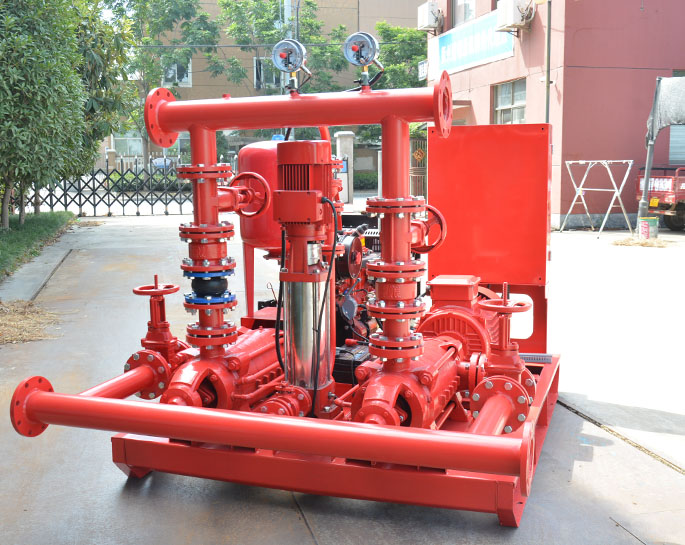Installation requirements for installing a fire pump
When installing a fire pump, it is essential to adhere to specific requirements to ensure its proper functionality and compliance with safety standards. Here are some important installation requirements to consider:
-
Codes and Standards: Familiarize yourself with local fire codes, regulations, and industry standards applicable to fire pump installations. The installation must meet the requirements of organizations such as the National Fire Protection Association (NFPA) and local authorities having jurisdiction (AHJs). Ensure compliance with standards such as NFPA 20 - Standard for the Installation of Stationary Pumps for Fire Protection.
-
Location and Accessibility: Choose an appropriate location for the fire pump that allows for easy access, maintenance, and serviceability. The pump room or pump house should have adequate space for the pump, associated equipment, and required clearances. It should be easily accessible to firefighting personnel and allow for proper ventilation.
-
Foundation and Mounting: Ensure that the fire pump is installed on a stable and level foundation capable of supporting its weight and minimizing vibration. The foundation should comply with the manufacturer's specifications and engineering requirements. Proper anchoring and alignment are crucial for the pump's stability and efficient operation.
-
Electrical Connections: Electrical connections should be performed by licensed electricians following electrical codes and regulations. Use suitable wiring, conduits, and connectors for the electrical supply to the pump motor and control panel. Implement proper grounding practices to minimize the risk of electrical hazards.
-
Water Supply: Ensure an adequate and reliable water supply for the fire pump. The water source should comply with local regulations and be capable of providing the required flow and pressure. Install the necessary suction and discharge piping according to manufacturer guidelines and industry standards. Use appropriate valves, fittings, and backflow prevention devices.
-
System Piping and Valves: The piping system should be installed following the pump manufacturer's specifications and relevant standards. Use materials suitable for the intended application, and ensure proper pipe sizing to achieve the required flow rates and pressures. Install appropriate valves, such as check valves and isolation valves, at strategic locations for system control and maintenance.
-
Controls and Monitoring: Install the pump's control panel and associated instrumentation according to manufacturer guidelines. Ensure proper wiring, programming, and interconnections with the fire alarm system. Implement monitoring devices, such as pressure gauges, flow meters, and temperature sensors, to facilitate system monitoring and troubleshooting.
-
Testing and Commissioning: Thoroughly test and commission the fire pump system before placing it into service. Conduct tests such as hydrostatic testing, flow testing, and performance verification to ensure the pump operates as intended and meets the required specifications. Document the results of all tests for future reference.
-
Documentation and Training: Maintain comprehensive documentation of the installation, including drawings, equipment specifications, test reports, and maintenance records. Provide training to facility personnel regarding the operation, maintenance, and troubleshooting of the fire pump system. Keep detailed records of inspections, maintenance activities, and system performance.
It is crucial to consult with fire protection professionals, including fire engineers and pump manufacturers, to ensure compliance with all relevant requirements during the installation process. Proper installation is essential for the reliable operation of the fire pump and the safety of the facility and its occupants.


.png)
.png)

.png)


